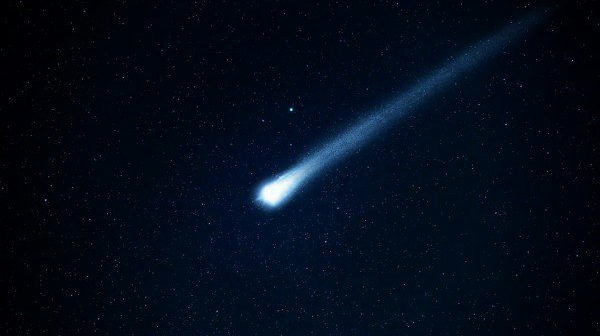[tribulant_slideshow gallery_id="238"] |
What many would have probably viewed as the second coming was a just a flash a light over Detroit night light. A meteor, formally known as a shooting start or fireball, descended in the Earth’s atmosphere making it visible in the Detroit night sky.
On Tuesday, Jan. 16, 2018 at approximately 8:09 pm, people in Ontario, Canada, Michigan and Ohio saw a streak of brightly coloured light illuminating the night sky. According to the USA Today, some residents expressed that they felt their homes shake since meteor resulted in an a 2.0 earthquake being measured on the seismometer. This earthquake is the fifth earthquake measured in Michigan since 1973, according to Science American, an online science publication. However, this is not the first meteor to cause an earthquake. The last meteor caused earthquake was in Chelyabinsk, Russia, Feb. 15, 2013 with a magnitude of 4.2, as reported by Science American.
Not only did the earthquake, which happened in Jan., leave an impact on the earth’s surface, it also departed leaving fireballs that broke apart while travelling through the Earth’s atmosphere. Fireballs, which are common, caused many residents to hysterically call 911. The level of phone calls had reached a point to where the Ingham County Office of Homeland Security and Emergency Management to tweet that there is no need for calls to 911 for this natural occurrence.
Fireballs are fragments of asteroid that detached and engulf in flames in the Earth atmosphere. These debris can cause an incandescent leaving a trail of bright light across the sky. According to NASA, the incandescent is caused by friction in the earth’s atmosphere.
In an interview with Washington Post, Bill Cooke, a ASA’s Meteoroid Environment Office at the Marshall Space Flight Center in Alabama, said that the fireball was caused by a small asteroid approximately 1-2 yard in diameter that was moving a speed of 28,000 mph. The fragment of asteroid heated and melted away in the Earth’s atmosphere producing the bright light that flashed a crossed the sky. The American Meteor Society confirmed that meteor must have a magnitude of at least -8 to -10 in order to fall onto the Earth’s surface. Meteors does not have to fall on earth or produce brilliant light for a long period of time as between the altitude of 15-20 km altitude, the meteor will disintegrate.
Many residents expressed their excitement by posting many multiple videos of their extra-terrestrial encounter. Others were left sceptical of what this dazzlingly encounter might be as it was not confirmed that it was a meteor until hours after by the NASA. Although this event made news because it is rarely seen, Meteors are actually frequent. Each day, several thousands of meteors occur in the Earth surface; they, however, happen around the oceans (at least 2/3 of them), and unhabituated regions or hidden by sunlight.
Space, a Science and Astronomy website, identified that the Chelyabinsk meteor, as the last known meteor to hit the earth surface leaving a major impact. The meteor broke the earth 15 miles and emitted a shockwave of 500 kilton explosion. This massive power injured 1,600 people and damaging 7,200 buildings. Another horrific meteor to hit the Earth’s surface was on Sept. 21, 2007 in Peru near the Lake Titicana. National Geographic shared that many residences had headaches and nausea as result of suspicious gas from decayed matter underground. However, these side effects were caused by inhaling arsenic fumes. The fumes were as a result of the engulfed meteor being “cooled” within the Lake.
The effects of these may be beautiful yet catastrophic events can cause large craters in the earth, which can kill living organisms on impact. The impact itself can cause massive earthquakes, tsunamis and toxic fumes to emerged. Nonetheless, some of these rocks are rich in Iron and Nickel and silicate material which can be used for commercial use.





